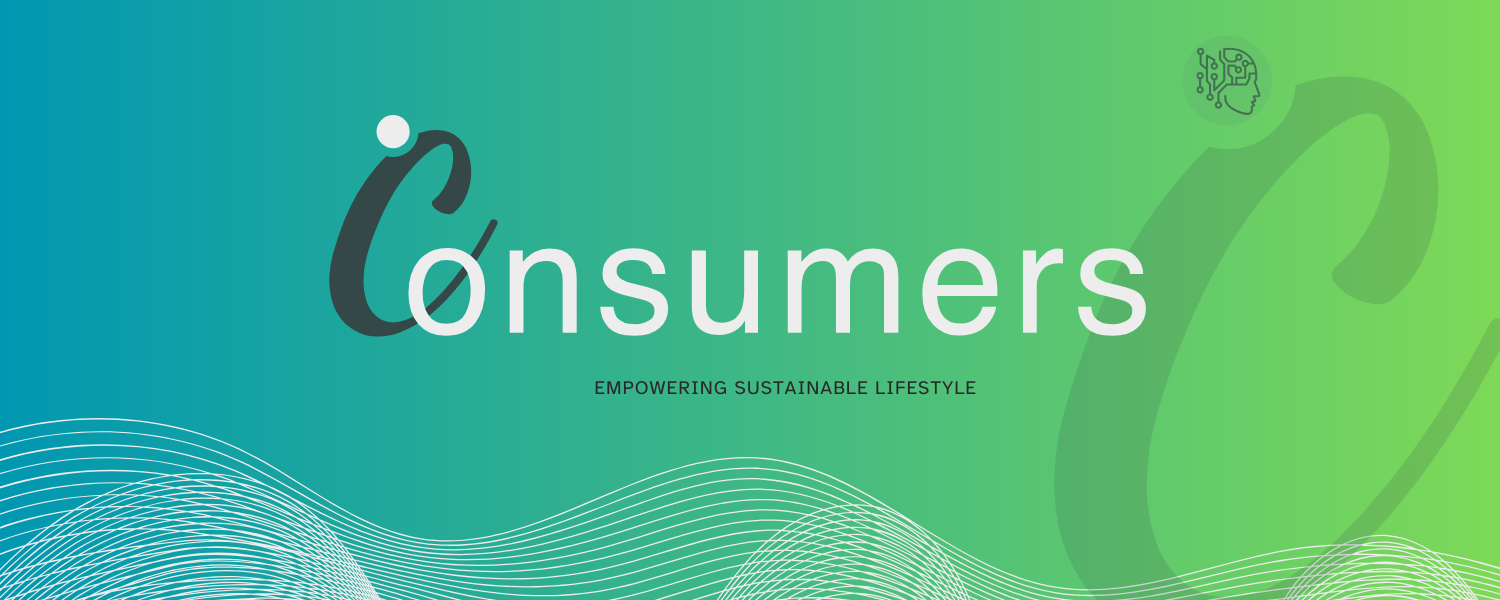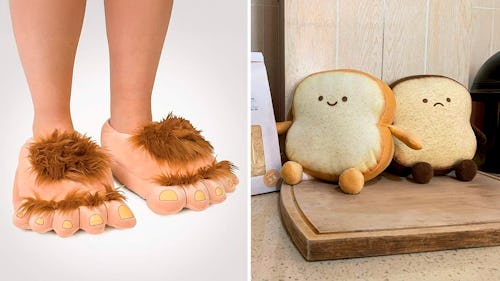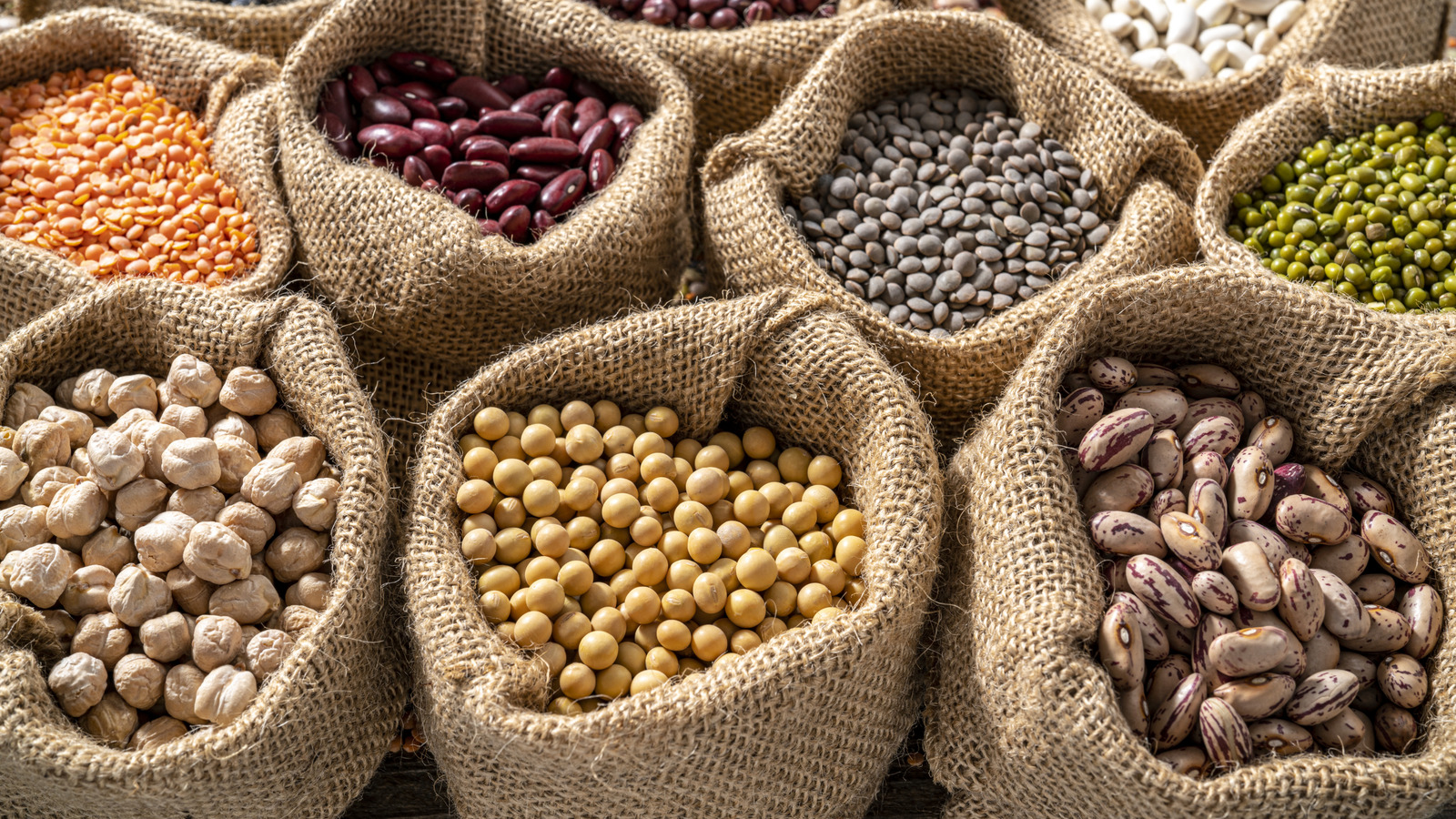Summary
As food prices climb and budgets tighten, Nara Smiths grocery store couture feels both surreal and revealing
Source: salon.com

AI News Q&A (Free Content)
Q1: What is the concept of 'shrinkflation' and how does it relate to consumer behavior during times of inflation?
A1: Shrinkflation refers to the practice where products shrink in size or quantity while prices remain the same. This strategy is often employed by manufacturers to counteract rising production costs without raising prices outright. During inflationary periods, consumers may not immediately notice these changes, allowing companies to maintain sales volumes and profitability.
Q2: How has Nara Smith's 'grocery store couture' collection been received amidst rising food prices and economic inflation?
A2: Nara Smith's 'grocery store couture' collection, featuring high-end fashion items like $248 pajama sets and $278 heeled mules, has been seen as both surreal and revealing against the backdrop of rising food prices. While it highlights luxury and style, the collection contrasts sharply with consumer concerns over affordability, making it a point of discussion regarding economic priorities and consumer spending during inflation.
Q3: What role does sustainable consumption play in addressing economic and environmental challenges?
A3: Sustainable consumption involves using products and services in ways that minimize environmental impact. It supports sustainable development by promoting resource efficiency, reducing waste, and encouraging the use of renewable resources. This approach is crucial in tackling challenges like climate change and resource depletion, aligning with global sustainability goals to ensure a balanced quality of life for current and future generations.
Q4: What impact did the COVID-19 pandemic have on consumer and retail behavior in the U.S.?
A4: The COVID-19 pandemic led to significant disruptions in the U.S. economy, including a contraction in GDP and massive unemployment. Consumer and retail behaviors shifted dramatically, with a decrease in retail activity and a transition to remote work. The pandemic highlighted vulnerabilities in supply chains and accelerated changes in consumer preferences, emphasizing the need for adaptability in economic strategies.
Q5: How do economic conditions influence fashion trends, specifically through concepts like the 'lipstick index' and 'hemline index'?
A5: Economic conditions can significantly influence fashion trends, as seen with the 'lipstick index' and 'hemline index.' During economic downturns, people tend to buy more affordable luxury items like lipstick. The 'hemline index' suggests that longer skirts, seen as more practical and versatile, become popular during recessions. These trends reflect broader economic sentiments and consumer priorities.
Q6: What are some strategies consumers are adopting to cope with rising grocery bills due to inflation?
A6: In response to rising grocery bills, consumers are adopting strategies such as buying in bulk, opting for generic brands, and prioritizing essential over luxury items. Many are also turning to home gardening to grow their own produce, reducing dependency on expensive store-bought goods, and exploring alternative shopping channels like discount outlets.
Q7: How does the concept of 'Nara Smith moments' reflect consumer adaptation to economic changes?
A7: The 'Nara Smith moments' concept, characterized by do-it-yourself approaches and stylish presentations, mirrors how consumers creatively adapt to economic changes. While Smith's fashion may seem extravagant, her DIY mindset encourages resourcefulness and innovation, resonating with consumers seeking balance between style and practicality amidst economic constraints.
References:
- Shrinkflation
- Sustainable consumption
- Economic impact of the COVID-19 pandemic in the United States
- Glamor in a time of grocery bills
- Glamor in a time of grocery bills
- Recession indicator: lipstick index





